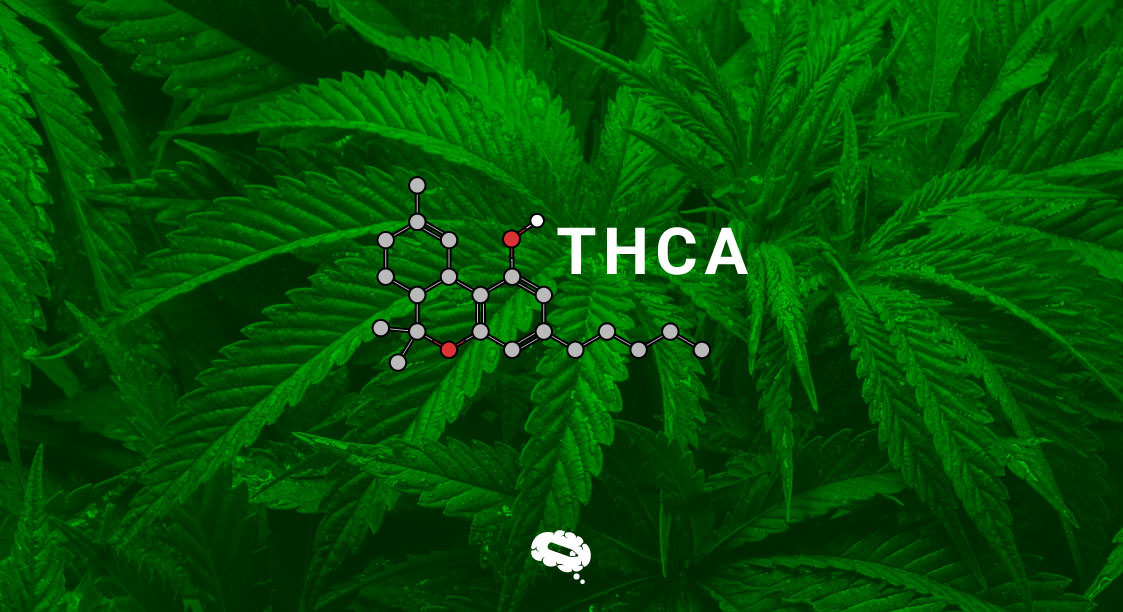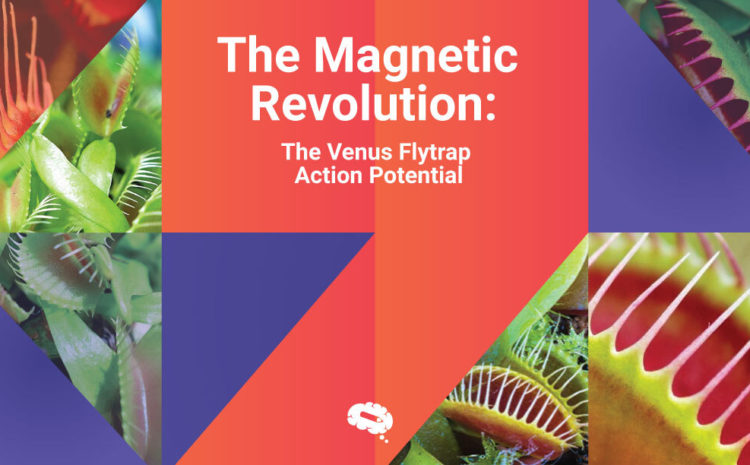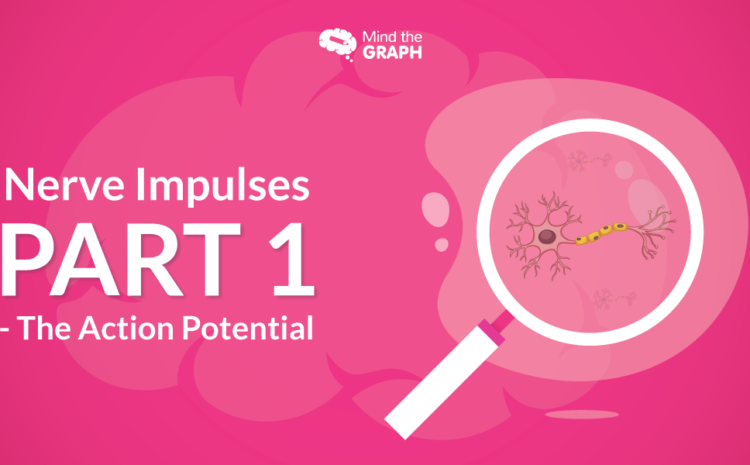Cannabis has experienced a tremendous transition in recent years as more people become aware of its possible benefits. The growth of THCA, a raw cannabinoid present in the cannabis plant that is fast gaining favor among both medicinal and recreational users, is one of the most interesting breakthroughs in this sector.
While most people are aware of the psychoactive component THC, THCA has been demonstrated to provide a variety of possible advantages without the mind-altering effects associated with THC. In this post, we’ll look at what THCA is, how it works, and what possible benefits it could provide.
What is THCA?
THCA, or tetrahydrocannabinolic acid, is a cannabinoid present naturally in raw cannabis plants. THCA is not psychoactive, unlike THC, which is a well-known psychoactive component that generates the “high” associated with cannabis usage.
THCA is classified as a “raw” cannabinoid because it’s the predecessor to THC and only transforms into THC when heated or decarboxylated. This means that THCA must be transformed into THC by a heating or drying procedure before it may be psychoactive.
THCA is present in high quantities in some cannabis strains, particularly fresh, raw plants, and is thought to have a variety of possible therapeutic benefits, including anti-inflammatory, neuroprotective, and analgesic qualities.
While research on THCA is still in its initial stages, many medicinal and recreational cannabis users are turning to THCA-rich products as an alternative to standard THC-containing cannabis products.
How does THCA interact with the human body?
The endocannabinoid system is how THCA interacts with the human body (ECS). The ECS is a large network of receptors, enzymes, and endocannabinoids (cannabinoids naturally generated by the body) that regulates a variety of physiological processes such as pain, inflammation, hunger, and mood.
Since THCA is not psychoactive in its raw form, it does not directly interact with the ECS when raw. It must become THC, so it may then bind to the CB1 and CB2 receptors in the ECS.
This doesn’t mean that THCA has no impact on the human system. According to recent studies, cannabis extracts largely composed of THCA may have several benefits for some people.
What are the benefits of THCA?
There is mounting evidence that this cannabinoid has a variety of benefits. Some of the possible benefits of THCA that have been examined so far are as follows:
- Neuroprotective: THCA has been shown to have neuroprotective capabilities, which means it may help safeguard the brain from damage caused by illnesses such as Alzheimer’s disease, Parkinson’s disease, and traumatic brain injury.
- Antiemetic: THCA has been demonstrated to exhibit anti-emetic capabilities, indicating that it may be effective in the treatment of nausea and vomiting. As a result, it might be used to treat disorders including chemotherapy-induced nausea and vomiting.
- Appetite stimulant: Since THCA can function as an appetite stimulant, it may be beneficial to patients who have lost their appetite due to illnesses such as cancer or HIV/AIDS.
- Anti-inflammatory: THCA has been demonstrated to have powerful anti-inflammatory capabilities, making it potentially effective in the treatment of arthritis, Crohn’s disease, and other inflammatory disorders.
- Analgesic: THCA may have analgesic actions, which means it might help with pain relief. As a result, it might be a viable alternative to opioid medications, since they can be addictive and have a variety of negative effects.
THCA and THC: What’s the difference?
THC (tetrahydrocannabinol) and THCA (tetrahydrocannabinolic acid) are both cannabinoids present in the cannabis plant, however, they differ significantly.
- As previously established, THCA is the predecessor of THC and becomes psychoactive when heated or decarboxylated, like when cannabis is smoked, vaporized, or baked into edibles. THCA is non-psychoactive in its raw form, which means it does not cause the typical “high” associated with THC.
- The molecular structures of THCA and THC diverge. THC does not have a carboxylic acid group connected to its chemical structure, but THCA does. This structural difference is what makes THCA non-psychoactive and THC psychoactive.
- The possible advantages of THCA and THC vary. While THC is well-known for its psychoactive properties and possible therapeutic effects such as pain reduction and hunger stimulation, THCA has been proven to offer a broader variety of benefits such as analgesic, appetite stimulant, anti-inflammatory, and neuroprotective properties.
- Different strains of cannabis may have varying amounts of THCA and THC. Certain strains, for example, may be rich in THC but low in THCA, whereas others may be strong in THCA but low in THC.
Running out of ideas for an infographic?
Producing the right infographic or illustration for your scientific work may be difficult and time-consuming, especially if the design is not your primary focus or area of expertise. But don’t worry, you can trust your brilliant research to Mind the Graph, a dedicated tool that will help you acquire the best visuals for your work!


Subscribe to our newsletter
Exclusive high quality content about effective visual
communication in science.





